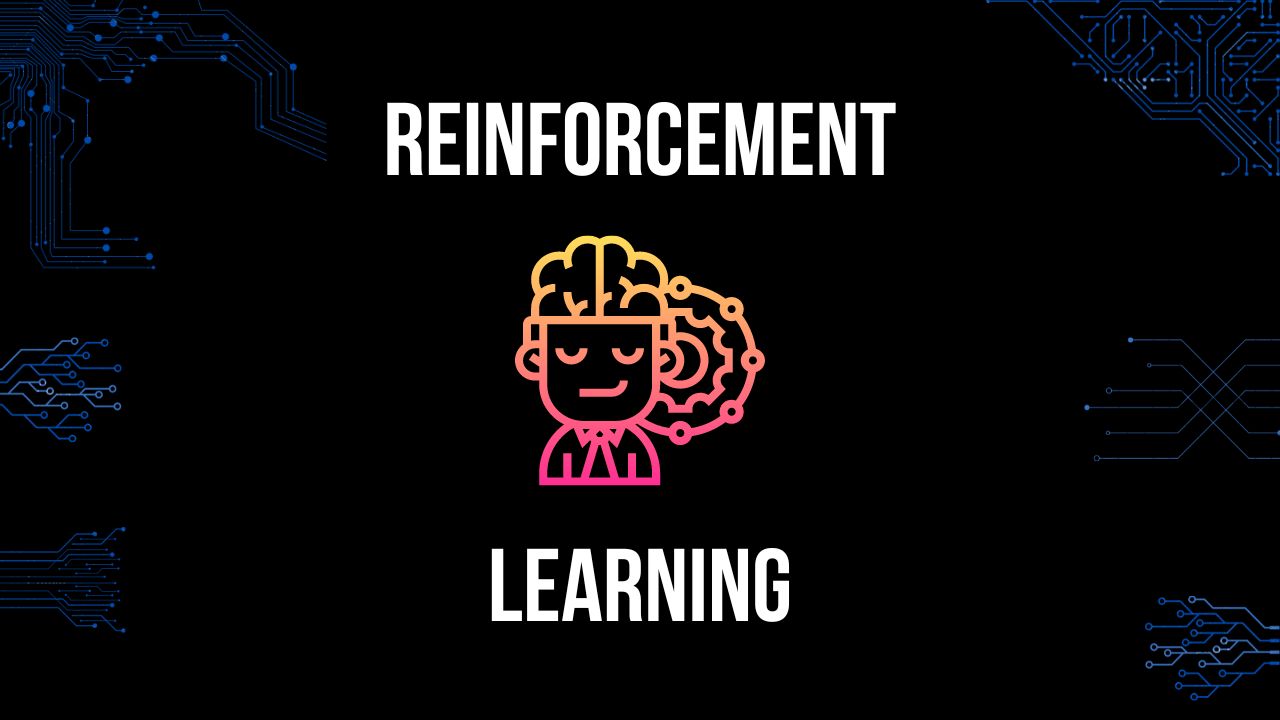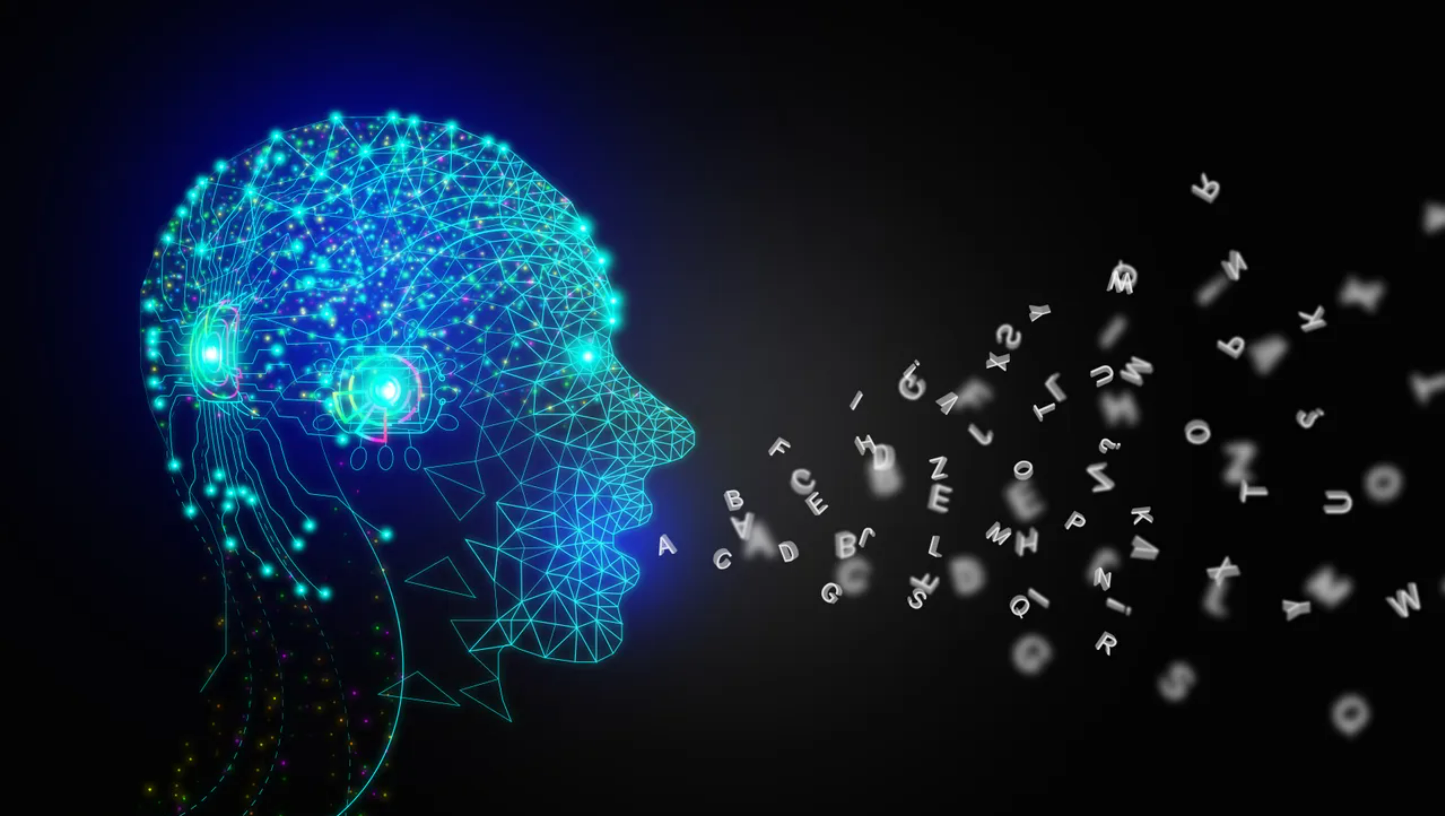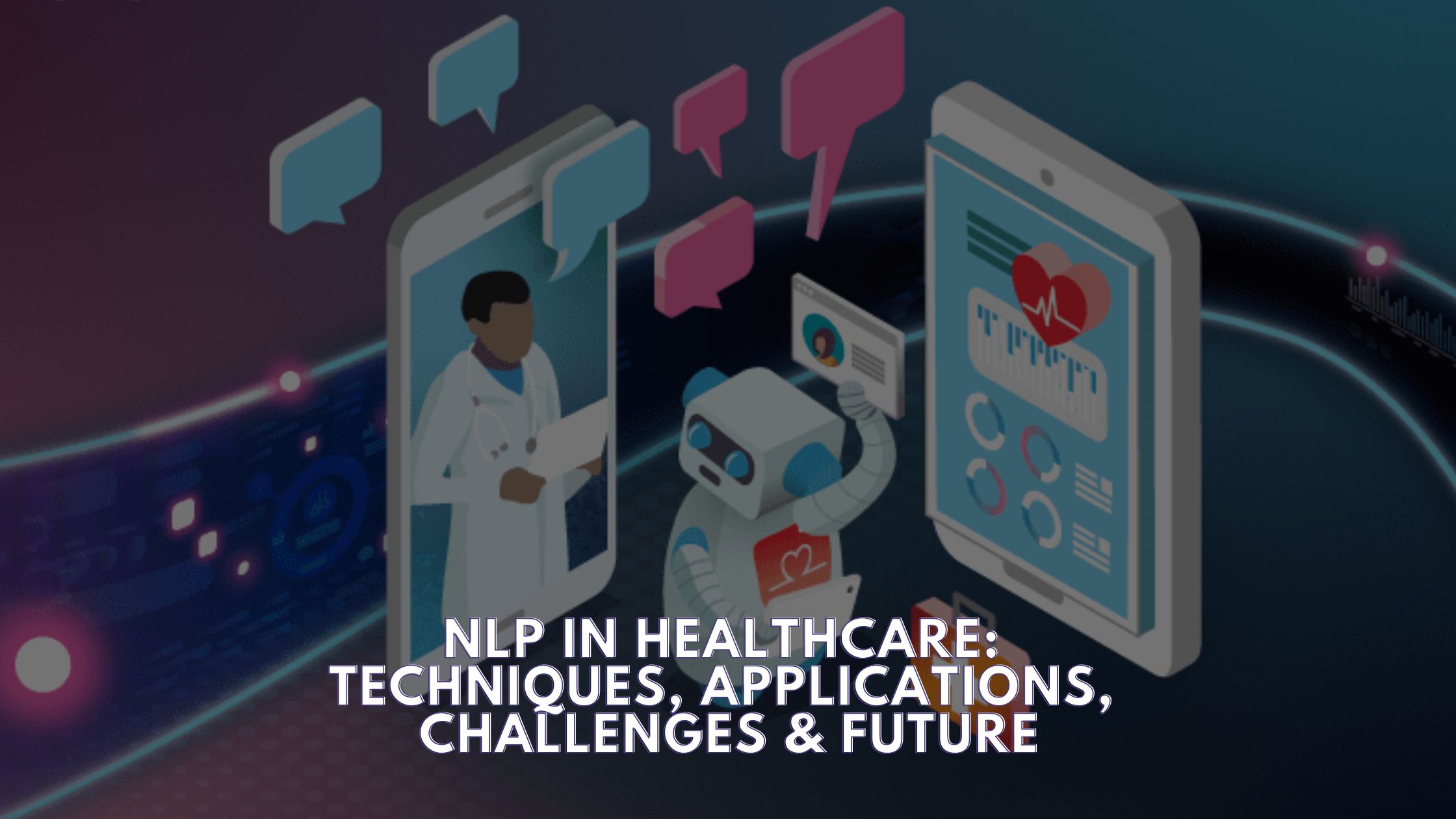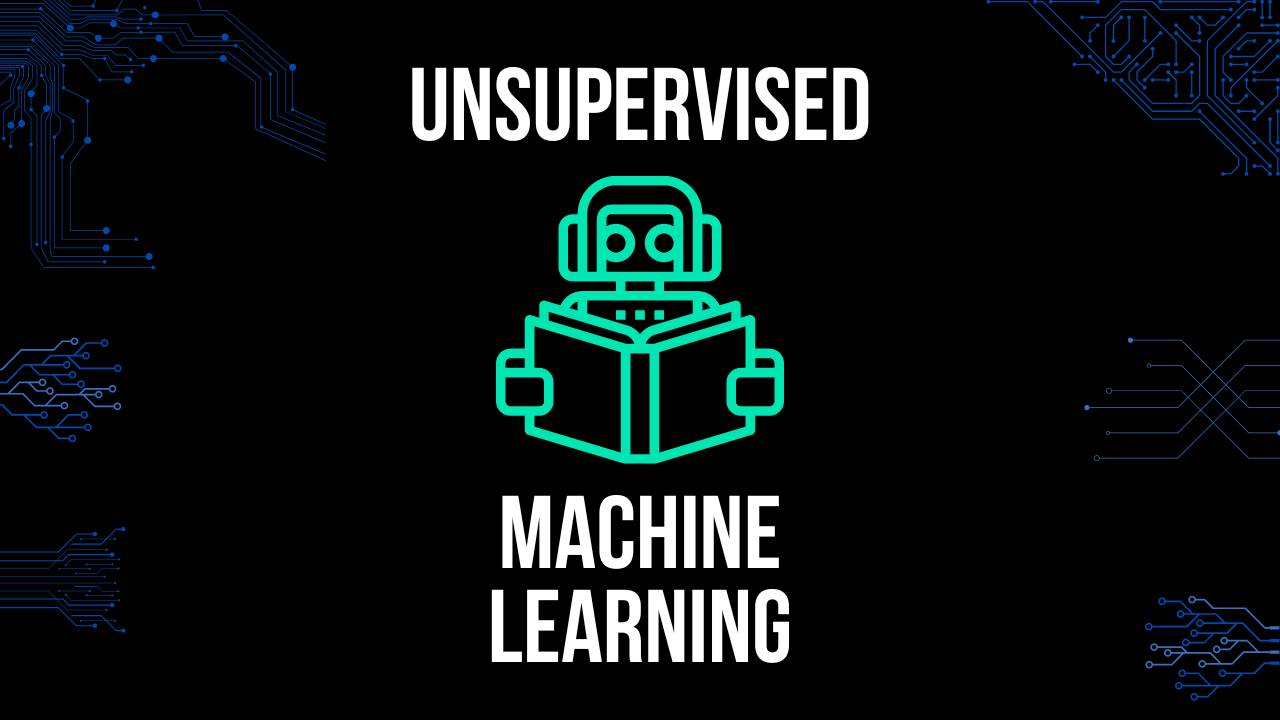
- Zainab Siddiqui
- 0
Unsupervised Machine Learning: How It Works & Applications
Unsupervised machine learning trains models on unlabeled, raw data. The model aims to find patterns or structures in the data using complex calculations. However, it is computationally expensive, time-consuming, and non-transparent. Clustering, association, and dimensionality reduction employ unsupervised learning.

Zainab Siddiqui
April 4, 2023 – 6 min read
Supervised Learning refers to training the model on labeled data (inputs are mapped to a corresponding output). It has wide applications in classification and regression problems. You can learn more about it here.
But, when we train the model on unlabeled data, it is known as unsupervised learning. It means we don’t know the corresponding output for the inputs.

The unsupervised learning process is complex, yet preferred in most cases. Why? Because it does not need upfront human intervention to label the data.
In this post, we will discuss:
- What is Unsupervised Learning?
- What are the types of Unsupervised Machine Learning?
- What are the applications of Unsupervised Learning?
- What are the limitations of Unsupervised Learning?
Let’s get started.
What is Unsupervised Learning?
Unsupervised learning is a way by which ML algorithms analyze unlabeled datasets and create clusters of the most similar observations. The models do so by discovering hidden patterns or structures in the data.
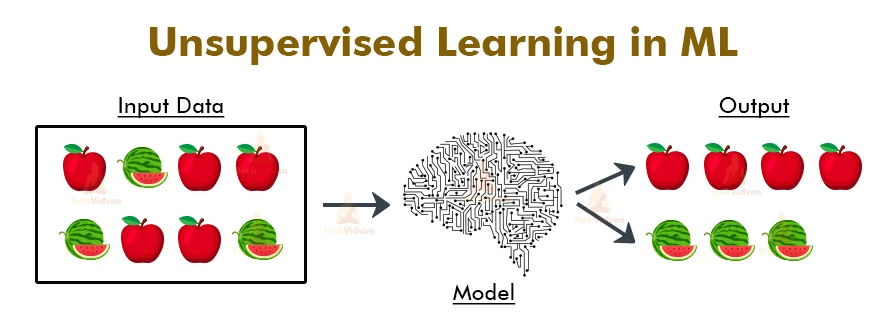
For example, the model is training to recognize objects. It identifies similar-looking objects in the data and marks them without knowing their specific label. Each group has its characteristics that the model learns to recognize. Later, every group is assigned an associated label.
The unsupervised learning models can discover similarities and differences in information. This ability makes them an ideal solution for problems across industries. Some of them are cross-selling strategies, customer segmentation, and image recognition.
However, unsupervised models need huge data to perform well. In simple words, the model performance improves with more samples.
What are the Types of Unsupervised Learning?
There are three main types of unsupervised learning models:
- Clustering
- Association
- Dimensionality reduction
Let’s learn about each type to understand unsupervised learning even better.
Clustering
Clustering is the most commonly used type of unsupervised learning. It is the process of grouping a set of objects in such a way that similar objects fall into the same group.

Let us assume there is a company selling apparel online. For each user, data such as age, orders, location, spending capacity, etc. is available.
Now, the company wants to know if the user is likely to buy your product or not. So, they employ a clustering model to segment users into two possible clusters.
One cluster is for the group that has an interest in buying. Another cluster is for the group that is not interested. In this way, the website can devise marketing strategies for each group separately. They can target users well and boost their sales.
Clustering uses structures or patterns in the data to cluster unclassified data. The most common clustering method is hierarchical clustering (agglomerative or divisive).
Hierarchical clustering uses distance measures to find similarities or differences between data points. Euclidean distance is the most common metric used to calculate these distances.
The cluster centroids represent each cluster by a single mean vector. It finds the best centroids through a repetitive approach. Then, it assigns all the surrounding data points to the respective clusters.
Hierarchical clustering bifurcates into agglomeration and divisive.
Agglomerative Clustering follows a ‘bottoms-up’ approach. Each data point is initially considered a single cluster. The iterative merging of data points occurs based on similarity. It continues to merge until all data points fall into one cluster.
Divisive Clustering works the opposite way. It uses the ‘top-down’ approach to segment one big cluster. It uses differences between the data points to create clusters. The iterative division takes place until each data point lies in a separate cluster.
Dendrograms help to visualize clustering. They are a tree-like diagram showing the hierarchical relationship between clusters. It documents the merging or splitting of data points at each iteration.
Association
Association uses rules to identify relationships between data points in a given dataset. It then maps the data points based on the correlation.
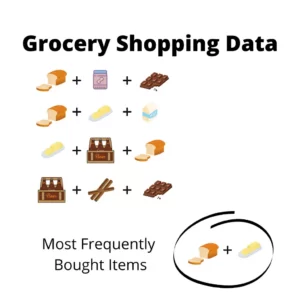
The Apriori algorithm is the most widely used algorithm for association models. They use a hash tree to count itemsets, navigating the dataset in a breadth-first manner.
In retail, association models help in market basket analysis. They lead the recommendation engines for music platforms and e-commerce.
Dimensionality Reduction
High dimensionality can lead to difficulty in visualizing data sets and model overfitting. To tackle this, we use unsupervised learning and achieve dimensionality reduction.

It helps to reduce the number of features in a dataset to a manageable size while preserving the importance of features as much as possible.
It is a very important step in data preprocessing. Several dimensionality reduction techniques are PCA (Principal Component Analysis), SVD (Singular Value Decomposition), and Autoencoders.
PCA compresses datasets through feature extraction. It uses a linear transformation to create a new data representation. This new set of dimensions is called “principal components.” Each principal component is the direction that maximizes the variance of the dataset. Together, all principal components capture all the variance in the data set.
SVD works on a matrix and refers to the factorization of that matrix into three matrices. It conveys important geometrical and theoretical insights about linear transformations. It is commonly used to reduce noise and compress data, such as image files.
Autoencoders leverage artificial neural networks to compress data. Then, they recreate a new representation of the original data. It has new dimensions, relatively lesser than that in the original dataset. The autoencoders use an encoding function to transform the input data. And, a decoding function to recreate the input data from the encoded representation.
What are the Applications of Unsupervised Learning?
Artificial intelligence and machine learning are gaining popularity in every industry. In such a scenario, the applications of AI and machine learning are all around us.
Talking specifically of unsupervised learning, some of the applications that leverage unlabeled data sets are:
Customer Segmentation
Most B2C businesses (like FMCG & retail) utilize unsupervised learning algorithms for customer segmentation. The algorithm helps them identify groups of customers with similar characteristics or behavior. Based on the groups, the business plans its marketing campaigns.

Segmentation helps them target different groups with different approaches. Like the group of inactive spenders can be lured with a discount offer. But, the same is not used for active spenders. The business can target the active group with a promo offer on new products.
Recommendation Systems
Recommendation systems are an integral part of today’s websites including eCommerce platforms, online streaming platforms, payment applications, and news portals. They leverage unsupervised learning algorithms to create user personas and group uses based on them. When persons of two users match, they see what the other user recently engaged with, in their recommendations.

For example, user A watched DDLJ, Veer Zara, and Pathaan, and user B watches Veer Zara, DDLJ, and Om Shanti Om. In user A’s recommendations, On Shanti Om would appear while in user B’s recommendations, Pathaan would show up. This is because the two have similar personas (watching SRK movies). It’s a very basic example though as more sophisticated recommendation systems exist today.
Medical Imaging
The medical industry relies on images from radiology and pathology to diagnose diseases. Unsupervised machine learning helps in analyzing those medical images. It can perform tasks such as image identification, classification, and segmentation perfectly.
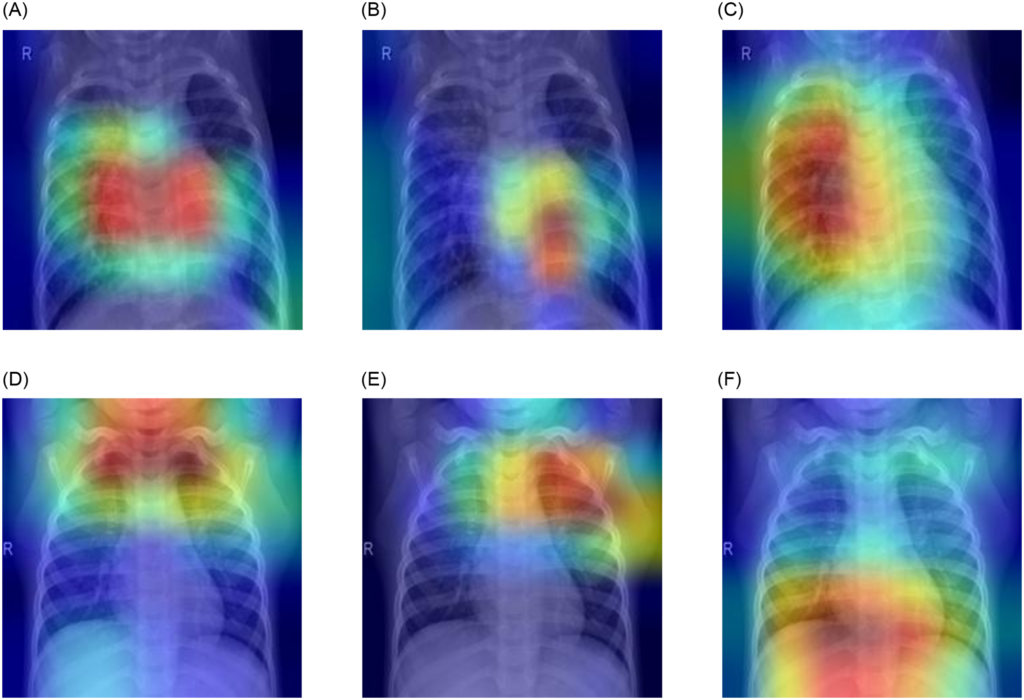
For example, the model is trained on several chest X-rays with lung infection symptoms. Now, if a new chest X-ray is given to the model, it can predict if it has a lung infection or not.
In this way, it enhances the capabilities of medical imaging devices. Also, it speeds up the diagnosis process and increases the accuracy of the diagnosis.
Anomaly Detection
Unsupervised learning models can search through large amounts of data in no time. They can discover atypical or abnormal data points within a dataset and raise alerts.
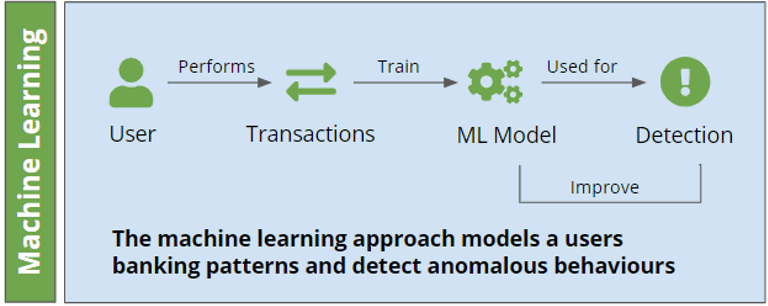
For example, a model monitors the banking transactions of customers. In case of any transaction of a hefty amount at an unusual time, it can ask for customer verification. If verification is not received, it can alert the customer of fraudulent activity.
In this way, they can detect anomalies to help people take necessary action and save damages. They can aware people of faulty equipment, human error, or breaches in security well in time.
What are the challenges of using Unsupervised Learning?
There are some major challenges to using unsupervised learning:
1. Performance Evaluation
There are no output labels. It can be difficult to determine whether the model finds a meaningful structure in the data. It might be creating only random patterns.
2. Curse of Dimensionality
This relates to the difficulty of working with high-dimensional data. With an increase in the number of features in the data, there is a need to increase features to train the model. This can lead to overfitting and poor performance on new and unseen data.
3. Computational Complexity
Unsupervised learning algorithms cannot avoid computational complexity. They need to be trained on large datasets to produce intended outcomes.
4. Longer Training Times
Training the model on huge data undoubtedly requires longer training times. It taken takes hours or even days to train the model, which can be quite expensive.
5. Lack of Transparency
Unsupervised learning has a transparency problem. Since unsupervised learning involves complex calculations, one cannot figure out what is happening in the background.
End Note
Unsupervised machine learning and supervised machine learning are both powerful approaches. The advantage of unsupervised learning is that it does not require human intervention to label the data appropriately.
But evaluating the performance of unsupervised learning models can be challenging. Also, we have to tackle the computational complexity due to a high volume of training data.
Yet, it is better to use unsupervised learning when working with big data that is unstructured, raw, and unlabelled. What do you think?
If you are looking to accelerate your unsupervised machine learning deployments, contact us today.

The world is getting accustomed to increasing digital usage and generating tons of data daily. And there’s a lot that can be done with data. So, you’d find me experimenting with different datasets most of the time, besides raising my 1-year-old daughter and writing some blogs!



